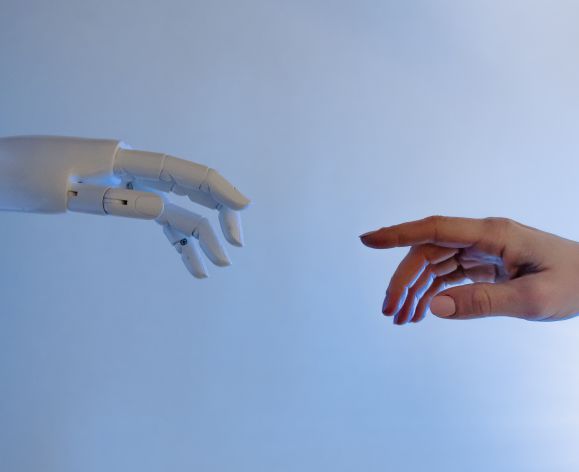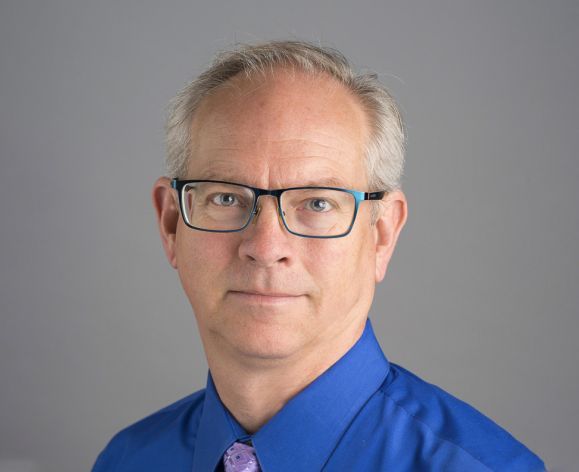Session 2
Data Science
Into the World of Data
Data is everywhere in the modern world—almost as ubiquitous as air. It is generated in almost everything we do and we use it to make better decisions, to have deeper insight and to uncover patterns about our behavior and the world around us. Because of this vast amount of data, we are now able to build computer systems that can do things we once thought only humans could do, like recognize friends in pictures, drive our cars and speak to us in our natural spoken languages.








